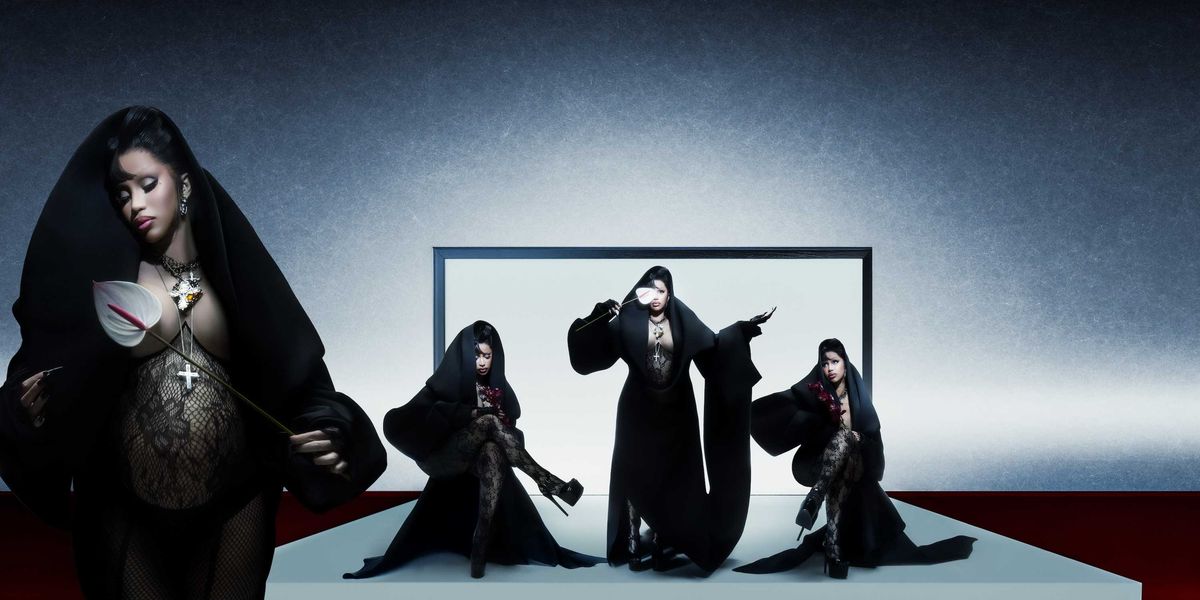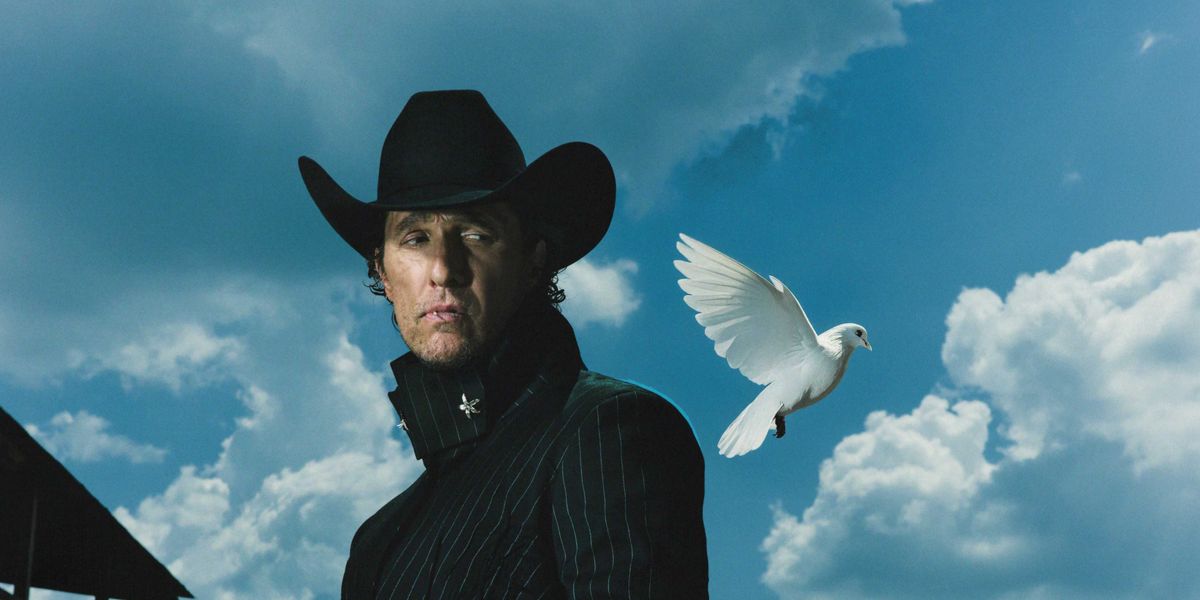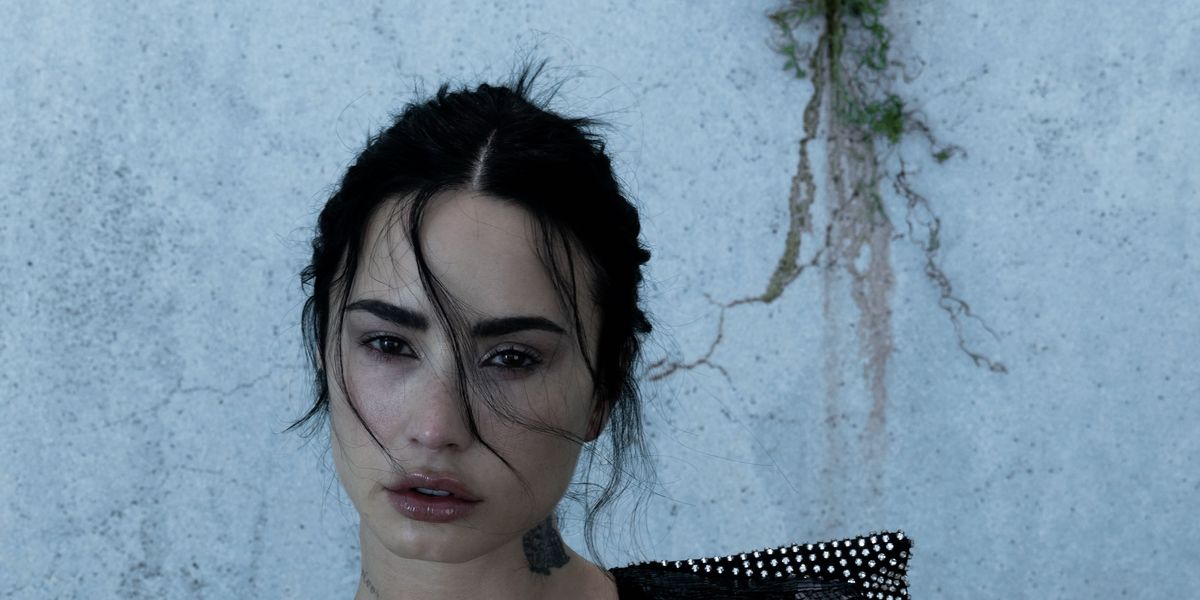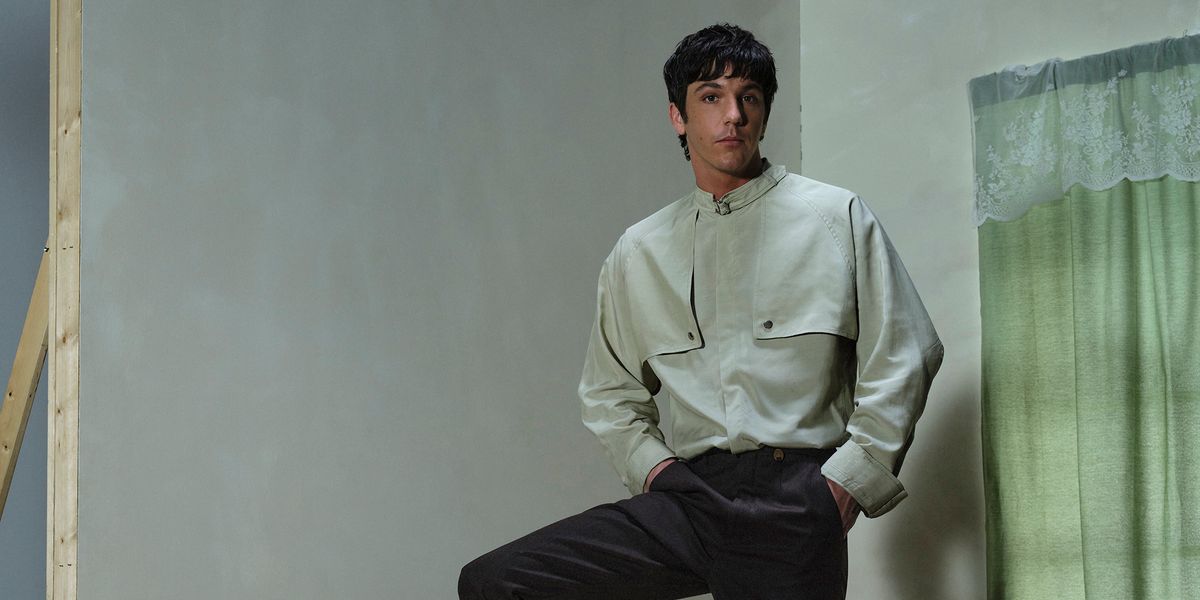
Crystal Waters Is Reuniting the Icons of ’90s House
By Ivan Guzman
Nov 13, 2025Imagine it: Crystal Waters, CeCe Peniston, Robin S — all on one stage, one night, honoring the house music legacy they carved out in the ’90s.
It’s the Mount Rushmore of dance legends. And on November 20, it’s actually happening. “I’m still kind of pinching myself,” Waters tells PAPER.
The idea formed after years of watching Europe throw glossy “dance classics” concerts with full orchestras. They rarely featured the original American singers behind the hits, which always stuck with her. “We’re all right here in America,” she remembers thinking. “Somebody needs to do this here, with all the original singers.” So she finally went for it, pulling together the voices that built the foundation of house music
And because this is New York, she knew the night needed real nightlife DNA. That’s where Susanne Bartsch came in, the same figure whose world Waters stepped into back in the early ’90s when Manhattan nightlife felt like its own planet. “There was a club on every corner,” she says. “I used to do three shows a night.” She remembers drag queens showing her how to do her makeup, baby powder on the dance floor, coded handkerchiefs and the kind of organized chaos only old New York could produce. “The police raided a club because all the drag queens had stolen Versace from the racks outside,” she laughs. “Everyone came in dressed to the nines, and you’d just wonder, ‘Where did they get all this from?’”
That spirit — sweaty, communal, unfiltered — is what she’s trying to revive. And part of that revival is correcting the narrative. “People have kind of forgotten, or never knew, that house music started here in America,” she says. Europe may have taken it global, but New York birthed the scene that made her feel like she finally belonged. “When I found the club scene… I felt like I’d found my tribe.”
Now she’s bringing the tribe back together, backed by a 30-piece orchestra. “When you hear an orchestra playing house at 126 BPM,” she says, “it’s something else entirely.” Below, we talk with Waters about her origins, New York memories, the streaming-era shift and why now was the moment to reunite the legends.
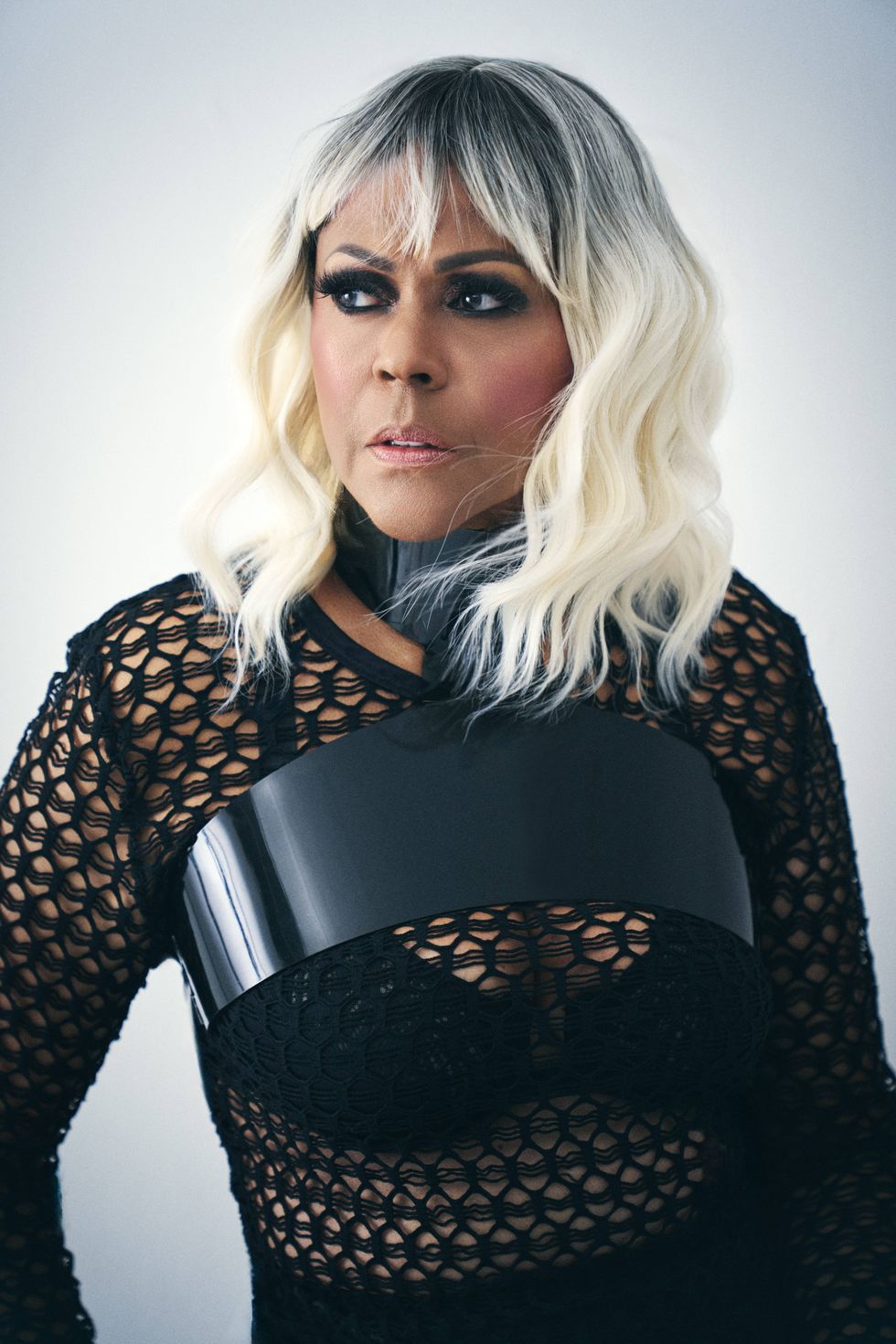
Tell me about how the idea for this event happened. Why now for this night of house legends to come together?
Europe has been doing events like this for years. They throw dance classics shows with huge orchestras, but they usually only bring over one or two Americans. Every time I’d see that, I’d think, “We’re all right here in America. We’re in New York. Somebody needs to do this here, with all the original singers.” Because in Europe, they often get other people to sing our songs, and I wanted the real voices on stage.
So this year, I just said, “You know what? That’s what I want to do.” I approached my team, and everybody was on board. I’m still kind of pinching myself that it’s actually happening. I wanted to bring all the original singers together to perform the hits the way they were meant to be heard.
And honestly, part of it is that people have kind of forgotten — or never knew — that house music started here in America. I’ve had Europeans ask me, “So, I know dance music started in Europe… how do you feel you fit in?” And I’m like, “Excuse me? Wait a minute. It didn’t start there. It started here.” So this show is my way of reminding people where dance music truly came from and celebrating that history while we still can.
It really is like the Mount Rushmore of ’90s house icons.
Yeah, the ’90s were the golden age of dance. Definitely.
What’s with this debate about whether house music started here or in Europe? What’s the truth?
The truth is that it started in Chicago, in the ’80s — underground, underground. By the time we got to the ’90s, my song was one of the first to cross over to radio. That’s when it started to go more mainstream, at least for a couple years here, before Europe kind of took it over and spun it in a whole lot of different directions.
There was even a story years ago that David Guetta had “created” house music, and he never corrected anybody. The whole house community was upset about that. It became a bit of a debate. So now that house music is back in the mainstream again, I just want to make sure people know the truth. Yeah, it’s huge in Europe, but it didn’t start there.
Tell me about that time in New York. You started making music in the ’80s, right?
Yeah, I wrote my first songs in the late ’80s, but I didn’t get released until ’91.
And Susanne Bartsch is hosting this show. She was such a big part of that whole downtown nightlife and club kid world in the ’90s. How did this collaboration come together?
When I had the idea for the event, we all agreed that I needed a promoter. Someone from that era who really knew the scene. Susanne was the obvious choice. She’s a legendary nightlife promoter, and we felt she’d be a perfect fit. I don’t think I’d ever actually met her before this project, but when we connected, it made total sense. She still has her ’90s following and a built-in community, so it just felt right.
And tell me about the orchestra. It’s house music, but with a live orchestra. How many members are involved?
It’s a 30-piece orchestra, though the stage only allows for so many, and I was advised to start small. So that’s my plan: start a little smaller, even with the venue. But I’d love to do more events like this. There are so many songs we could still bring to life with this setup. I already have plans for the next one. I just need to get this one done first!
Do you have any deep-cut favorites from that era? Songs that aren’t as obvious as the big hits?
Yes, there’s one by Amuka called “Appreciate Me,” which was one of my favorites. I’m really happy I got to include her on this lineup. Duane Harden’s “You Don’t Know Me” is another great one. I’ve heard some of the orchestration on that already, and it sounds beautiful. There were also a few people I wanted to include who aren’t with us anymore, so that pushed me to make this happen now — while we’re all still here to do it together and get it recorded.
It feels like the perfect time to make it happen. What was it like performing live in New York back then in the early ’90s?
Oh, it was wild. Back then, there was a club on every corner in Manhattan. I used to do three shows a night. Not just me, but 10 or 20 other acts too. It was basically 24 hours. You could go to a club at midnight and stay until noon. People would go grab breakfast and come back, or take a nap and then head back out. It was a different time.
People went out just to dance and be part of a community. There were no VIPs, no bottle service. I remember having a hard time just getting a beer in some places. There’d be baby powder on the dance floor, handkerchiefs with different meanings in people’s back pockets, towels for the sweat… it was its own culture.
You had drag queens, straight people, ball kids, fashion people — everybody mixing together. Back then, they used to push all the fashion racks up and down Fifth Avenue, and people would steal from them. I remember one night, the police raided a club because all the drag queens had stolen Versace from the racks outside. Everyone came in dressed to the nines, and you’d just wonder, “Where did they get all this from?”
Social media didn’t exist back then, so those clubs were kind of the social media — where you’d be seen, show your outfit, make connections.
Exactly. And they had the houses. I remember learning about that when I first got up here. I had no idea at the time. This was when a lot of people were getting put out of their homes for being gay, so the houses were formed with a mother and a father who would take them in. It was a whole world, and a learning experience for me too.
Were you part of that world before your song popped off, or was it the success of the song that brought you into it?
The song brought me in. When I got up here, I had dancers, and they introduced me to everything. The drag queens taught me how to do my makeup. I was kind of naive, but they embraced me. I’d always been shy and never really felt like I fit in anywhere, but when I found the club scene — where you could just be yourself and everyone loved you for it — I felt like I’d found my tribe.
That’s what I remember most: everyone being themselves, from the most outrageous personalities to the quietest people. Everyone was there for each other. It was community, pure and simple. And I still think house music is a community. That spirit has always stayed with me.
It was so different back then. Every artist had to be signed to a label. There was a formula. Like you said, you’d get your dancers, you’d release a track, then the CD, and promote it in the clubs. Now, with streaming, that whole system kind of doesn’t exist anymore.
Exactly. Even mainstream artists used to hustle. I know Cardi B brought that back in a way, she was just out on the street selling CDs doing her own promotion. But now, all the labels have gotten rid of those departments. A&R isn’t the same anymore.
Things have changed so much with Spotify and streaming. Honestly, it makes me double-think about putting my music on there. You still have to pay for your own promotion and do all the work yourself, and even if you get a million streams, you might only make $3,500 or $4,000. I spend more than that just getting on stage — clothes, makeup, hair, travel. It’s wild.
That part of it has been hard to wrap my head around. But I do think independent artists have a better chance now to build their own communities and sell directly to fans. I love to see people buying more vinyl again, having something tangible in their hands — the artwork, the credits, the posters. Even the Grammys had to create a new system for credits, because no one knows who did what anymore. For a long time Spotify didn’t even show them. They’d tell us, “Just put it on your website.”
So now I really believe in taking the independent route — building your own world on social media, offering unique things to your audience, and just doing it yourself.
I think it’s smart that you’re doing that through events like this. These live, one-of-a-kind experiences.
Yeah, I’m kind of getting into that now. Live feels better. You can release music to promote an event instead of the other way around. It’s something tangible. Streams don’t always feel real to me. I like being able to actually shape the experience, like molding clay with your own hands. That’s where the joy is.
Obviously house music has had a huge resurgence lately with Beyoncé’s Renaissance, Charli XCX, etc. The club is having a moment again. Why do you think people are reconnecting with it?
I think Beyoncé and Drake putting out house albums around the same time really helped. People had heard that sound before but didn’t always know what it was. When Beyoncé did it, she put a name to it. She made people pay attention.
And, of course, the power players saw how much money dance music was making. The DJs were killing it, and suddenly house music started coming back into sets. I think EDM is starting to fade out a bit, and the DJs are going back to real house. Even David Guetta has an alias now for his house records. Once they realized where the money was, that’s where they went.
What do you hope people — especially younger audiences — take away from this night on November 20?
I want them to understand that this is an experience you have to feel. I can’t describe it, but when you hear an orchestra playing house at 126 BPM, it’s something else entirely. Even the violinists and musicians are having a blast — you can see the joy on their faces because they never get to play like this.
I want people to sing, to dance, to feel the music. Instead of just staring at a DJ, I want them to be part of it. To understand that this music is important, that it’s joyful, and that it’s part of who we are.
Photography: Takahiro Ogawa
From Your Site Articles
- Shea Couleé Breaks the Mold on 'MATERIAL' ›
- Myst Milano Is Top Grade in 'No Shade' ›
- Crystal Waters Returns to the Dance Floor ›
Related Articles Around the Web
MORE ON PAPER
Music
Janelle Monáe, HalloQueen
Story by Ivan Guzman / Photography by Pol Kurucz/ Styling by Alexandra Mandelkorn/ Hair by Nikki Nelms/ Makeup by Sasha Glasser/ Nails by Juan Alvear/ Set design by Krystall Schott
Story by Ivan Guzman / Photography by Pol Kurucz/ Styling by Alexandra Mandelkorn/ Hair by Nikki Nelms/ Makeup by Sasha Glasser/ Nails by Juan Alvear/ Set design by Krystall Schott
27 October
Music
You Don’t Move Cardi B
Story by Erica Campbell / Photography by Jora Frantzis / Styling by Kollin Carter/ Hair by Tokyo Stylez/ Makeup by Erika LaPearl/ Nails by Coca Nguyen/ Set design by Allegra Peyton
Story by Erica Campbell / Photography by Jora Frantzis / Styling by Kollin Carter/ Hair by Tokyo Stylez/ Makeup by Erika LaPearl/ Nails by Coca Nguyen/ Set design by Allegra Peyton
14 October
Entertainment
Matthew McConaughey Found His Rhythm
Story by Joan Summers / Photography by Greg Swales / Styling by Angelina Cantu / Grooming by Kara Yoshimoto Bua
Story by Joan Summers / Photography by Greg Swales / Styling by Angelina Cantu / Grooming by Kara Yoshimoto Bua
30 September
Music
Demi Lovato Is No Joke
Story by Ivan Guzman / Photography by Jason Renaud / Styling by Chris Horan/ Makeup by Loftjet / Set design by Allegra Peyton
Story by Ivan Guzman / Photography by Jason Renaud / Styling by Chris Horan/ Makeup by Loftjet / Set design by Allegra Peyton
15 September
Music
Role Model Isn’t In Kansas Anymore
Story by Tobias Hess / Photography by Richie Talboy / Styling by Angelina Cantú / Grooming by Jerrod Roberts / Set design by Allegra Peyton
Story by Tobias Hess / Photography by Richie Talboy / Styling by Angelina Cantú / Grooming by Jerrod Roberts / Set design by Allegra Peyton
14 August

